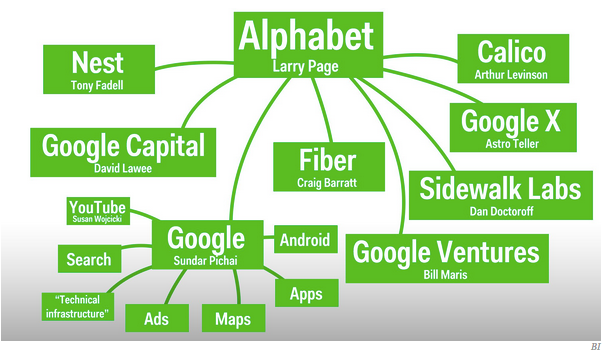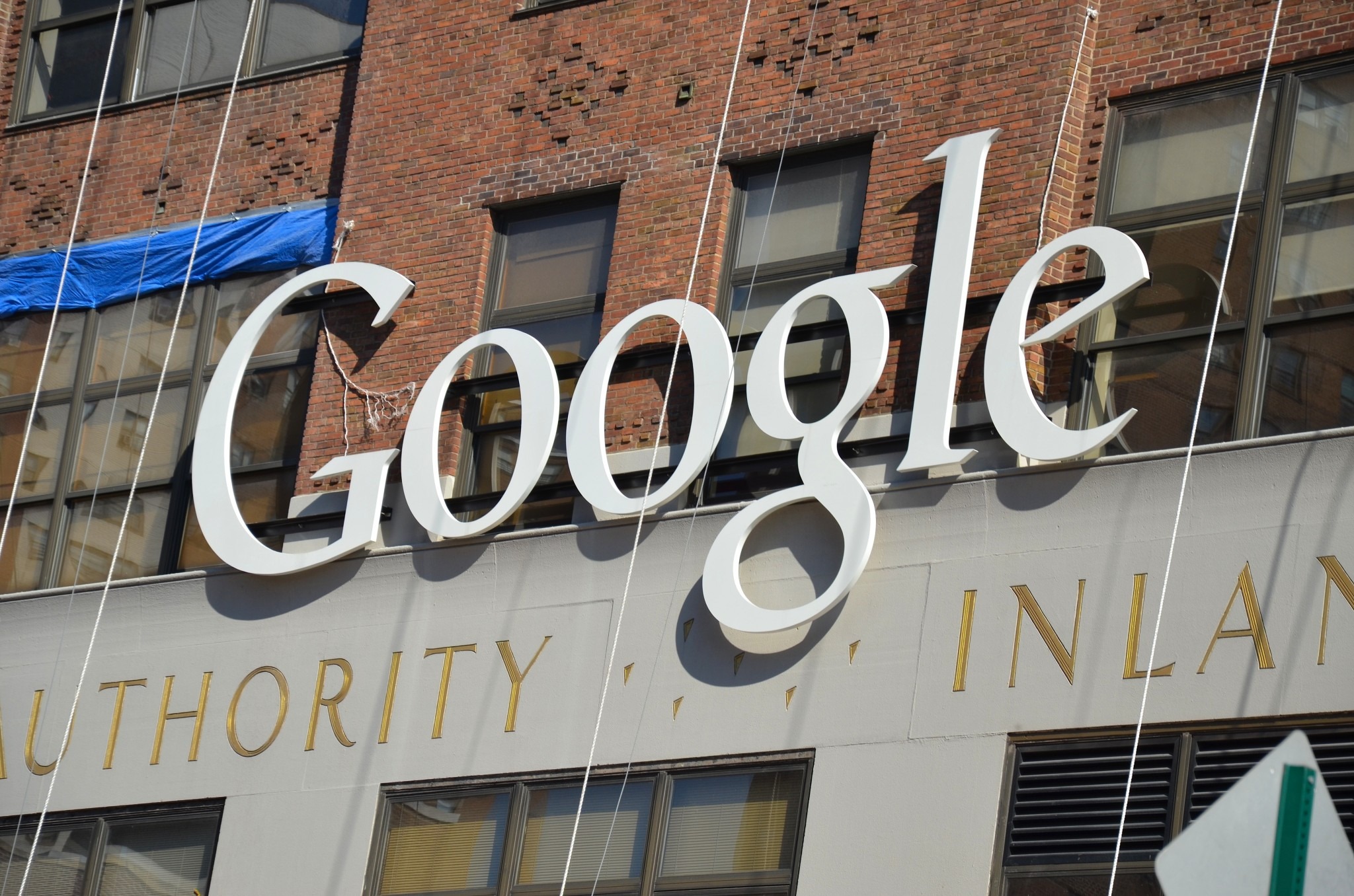A googol always used to be the number one and then 100 zeros. Now googol, spelled slightly differently, has become a brand. And the brand has been valued at $107.43 billion.
Where are we going? To how firms use a brand to compete.
The Need for a New Google Brand
We could think of a firm’s brand as its bank account. Sort of like deposits, new products can make that brand more valuable. Think Apple and the iPhone. A perfect match, the iPhone and the Apple brand created a synergy.
For Google though, I suspect their self-driving car was an initiative that confused their brand. After all, when we think of Google, search and information come to mind. As they explain on their “about” page, their “…mission is to organize the world’s information and make it universally accessible and useful.”
Because Google is doing much more than “search,” I guess they decided on some rebranding.
Alphabet
The result was a new name and a corporate reshuffling.
Under a parent called Alphabet, Google became a child with new siblings and its own children. Because of the new structure, Google can have a brand and so too can Alphabet.

Google’s siblings include a subsidiary that is researching human longevity (Calico), one focusing on high speed internet connections (Fiber), and a venture capital group (Google Ventures).
Our Bottom Line: Strategy and Structure
As Alfred Chandler told us more than 50 years ago in Strategy and Structure: Chapters in the History of American Industrial Enterprise, corporate strategy and structural change evolve together. For Chandler, the focus was the corporate decentralization that early 20th century giant enterprise required. With Google, it is a more clearly defined parent that eliminates brand confusion in product and financial markets. Their restructuring is about a rebranding that lets them, as an oligopoly, achieve product differentiation.






